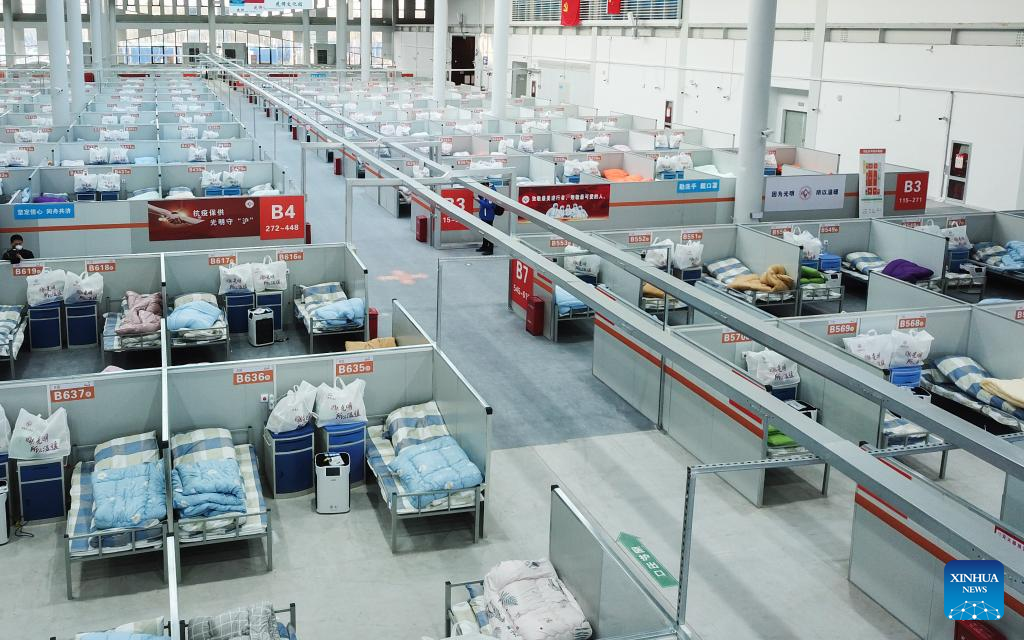Flexibility for maximum effect at smallest cost
By LI YANG | China Daily | Updated: 2022-04-07 07:02

It is undoubtedly a welcome development that some localities are allowing parents to take care of their children in isolation and treatment centers.
It is also practical, since statistics show that over 80 percent of the parents of children infected with the novel coronavirus also get infected.
However, before the green light was given to the parents who are not infected to join their children in the quarantine facilities, the children were taken care of by the medical workers, whose heavy workload in caring for hundreds or even thousands of patients at the same time necessarily resulted in some children feeling abandoned.
For most of the children, this is the first time they have been on their own. Infants in particular have no way to express their separation anxiety but to cry. At the same time, the parents are also naturally concerned about their children, as they could not keep in regular contact with their kids.
As such, the outcry for parents to be allowed to live together with their infected children in the quarantine facilities has become increasingly high.
With the increasing number of places establishing parent-child units in the isolation and treatment centers, which are usually large-scale stadiums and exhibition and convention halls that have been transformed for the purpose, it is good to see the once rigid virus control work has become more people-oriented and is giving more consideration to families' needs.
Certainly, the parents should be well informed of the potential risks and consequences of living in the quarantine shelters since those who are uninfected might become infected in the quarantine centers whose purpose is to isolate those infected.
But although that might lead to an uptick in the number of cases, as long as medical treatment is provided, most of those infected will recover.
The change in policy shows care to the basic needs of the children and their families. As the country becomes more experienced in dealing with resurgence of the epidemic, the virus control measures should be more flexible and people-oriented. That also means taking into account the needs of the medical workers and other staff working on the frontline, whose right to rest must be well protected.
The people-first virus control protocol should not be restricted to protecting people from the virus. It also means that relevant work must be more thoughtful to meet the needs of all those affected by it.
























